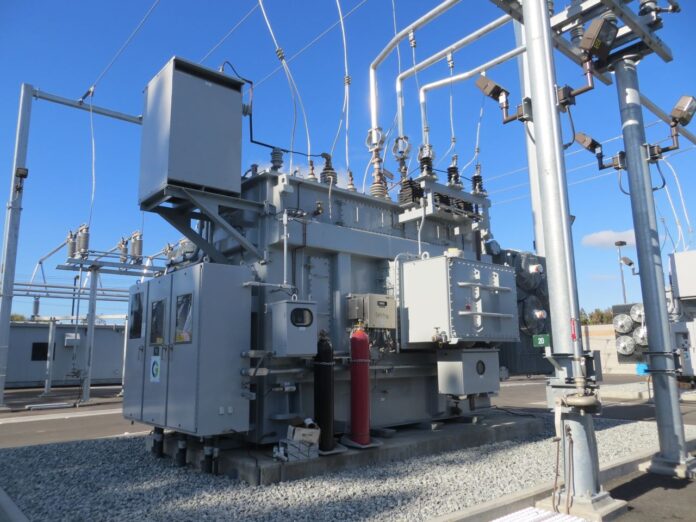In the dynamic realm of electrical distribution, choosing the right cast resin distribution transformer is pivotal for seamless operations and optimal performance. These transformers, renowned for their reliability and durability, play a critical role in ensuring efficient power distribution across various industries. However, selecting the best fit for your specific requirements demands careful consideration of several key factors.
Understanding Your Requirements
Before delving into the selection process, it’s essential to comprehensively assess your unique needs and operational environment. Determine factors such as load characteristics, voltage levels, ambient conditions, and space constraints. This foundational understanding will serve as a compass, guiding you toward the most suitable Cast Resin Distribution Transformer.
Efficiency and Reliability
In the pursuit of operational excellence, efficiency and reliability stand as paramount attributes of any transformer. Opt for models engineered with advanced technologies that minimize energy losses and ensure consistent performance over the transformer’s lifespan. Robust construction and adherence to stringent quality standards are indicative of a transformer’s reliability, guaranteeing uninterrupted power supply even in the most demanding scenarios.
Environmental Considerations
In an era marked by heightened environmental consciousness, opting for eco-friendly solutions is not just a choice but a responsibility. Cast resin distribution transformers, characterized by their absence of oil-filled components, inherently mitigate the risk of environmental contamination in case of leaks or failures. Prioritize transformers designed with eco-friendly materials and manufacturing processes, aligning with sustainable practices and regulatory requirements.
Customization and Adaptability
Flexibility is key in today’s dynamic business landscape, where adaptability to evolving requirements can spell the difference between success and stagnation. Seek manufacturers capable of offering customizable solutions tailored to your specific application needs. Whether it’s voltage ratings, insulation levels, or footprint dimensions, a transformer that can be fine-tuned to match your exact specifications ensures optimal performance and cost-effectiveness.
Maintenance and Lifecycle Costs
While upfront costs may command immediate attention, it’s crucial to consider the long-term implications of maintenance and lifecycle expenses. Opt for transformers engineered for minimal maintenance requirements, featuring durable components and built-in diagnostic capabilities for proactive fault detection. Additionally, prioritize models backed by comprehensive warranty and support services, mitigating the risk of unforeseen expenditures throughout the transformer’s lifecycle.
Compliance and Standards
Navigating the regulatory landscape can be daunting, but adherence to industry standards and compliance with regulatory requirements are non-negotiable aspects of transformer selection. Ensure that the chosen transformer meets or exceeds relevant standards such as IEEE, IEC, and ANSI, guaranteeing compatibility with existing infrastructure and regulatory frameworks. Certifications and endorsements from reputable regulatory bodies further validate the transformer’s quality and compliance credentials.
Technical Support and Expertise
In the event of technical queries or unforeseen challenges, access to reliable technical support and expertise is invaluable. Partner with manufacturers renowned for their responsive customer support infrastructure and a team of seasoned engineers capable of providing timely assistance and guidance. From initial design consultations to post-installation troubleshooting, a dependable support network fosters confidence and peace of mind throughout the transformer’s lifecycle.
Future-Proofing Your Investment
Anticipating future needs and technological advancements is integral to future-proofing your transformer investment. Look for features such as compatibility with smart grid technologies, integration with IoT platforms, and scalability to accommodate evolving load demands. By aligning your investment with future trends and innovations, you ensure that your transformer remains relevant and adaptable in an ever-evolving energy landscape.
Conclusion
In the intricate tapestry of electrical distribution, selecting the best cast resin distribution transformer requires careful deliberation and consideration of various factors. By understanding your requirements, prioritizing efficiency and reliability, embracing sustainability, and partnering with reputable manufacturers, you can navigate this journey with confidence and secure a transformer solution that not only meets but exceeds your expectations. The right transformer isn’t just a component; it’s a catalyst for powering progress and driving success in your operations.

